Endometriosis is a condition in which the lining of the uterus (endometrium) grow in other parts of the body. Like the uterine lining, this tissue builds up and sheds in response to monthly hormonal cycles. However, there is no natural outlet for the blood discarded from these implants. Instead, it falls onto surrounding organs, causing swelling and inflammation. This repeated irritation leads to the development of scar tissue and adhesion in the area of the endometrial implants. In this article we are going to talk about everything related to Endometriosis.
Description of endometriosis.
- Endometriosis is estimated to affect 7% of women of childbearing age in the United States. It most commonly seen between the ages of 25 and 40. Endometriosis can also appear in the teen years, but never before the start of menstruation.
- Pregnancy may slow the progress of the condition. A more important predictor of a woman’s risk is if her female relatives have endometriosis.
- Another influencing factor is the length of a woman’s menstrual cycle. Women with longer than 1 week periods and less than 27 days between periods seem to be more prone to the condition.
- Endometrial tissue is more often found on the pelvic organs like ovaries, uterus, fallopian tubes, and in the cavity behind the uterus but occasionally this tissue grows in such distant parts of the body as the lungs, arms, and kidneys.
- An ovarian cyst may form around endometrial tissue (endometriomas) and may range from pea to grapefruit size. Endometriosis is a progressive condition that usually advances slowly, over the course of many years.
Doctors rank cases from minimal to severe based on factors such as the number and size of the endometrial implants, their appearance and location, and the extent of the scar tissue and adhesion in the vicinity of the growths.
- Abdominal cramps or back pain during menstruation.
- Very painful menstrual cramps.
- Painful bowel movements.
- Painful urination, especially during menstruation.
- Abnormal or heavy bleeding during periods.
- Painful sex.
- Difficulty becoming pregnant.
What is the cause of endometriosis?
The cause of endometriosis is unknown. One theory is that the endometrial tissue is deposited in unusual locations by the retrograde flow of menstrual debris through the Fallopian tubes into the pelvic and abdominal cavities. The cause of this retrograde menstruation is not clearly understood.
Sharing is caring!
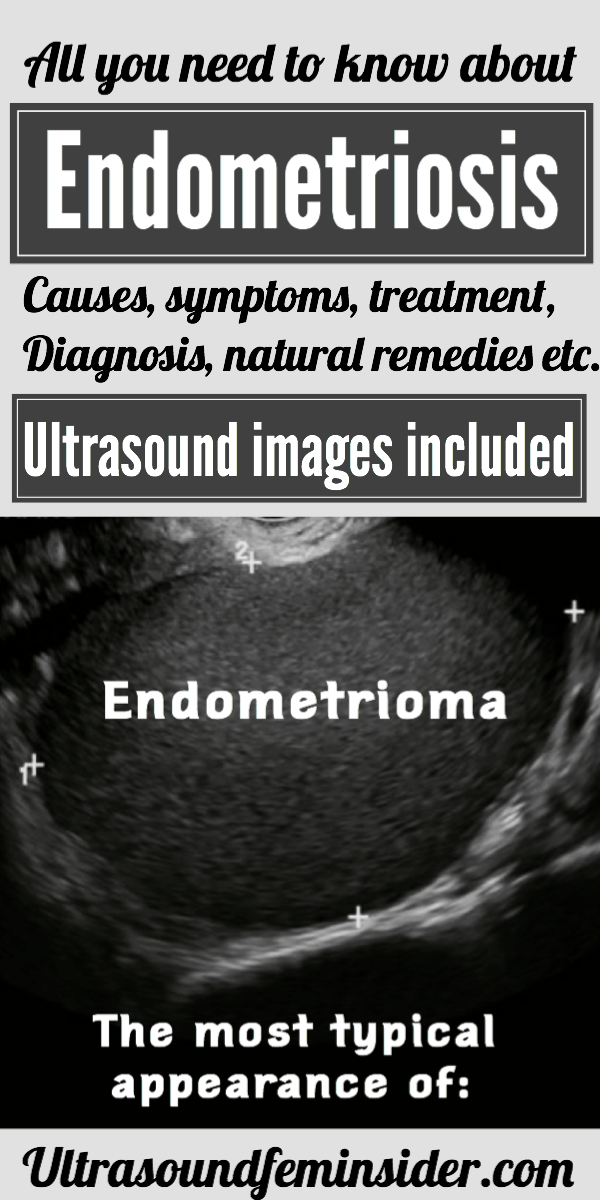
Related posts:
Teratoma. Causes, symptoms, diagnosis and treatment.
Irregular periods. Causes, treatment, natural remedies, ultrasound and more.
Blighted ovum: Cause, symptoms, ultrasound, treatment, prevention etc.
Endometrial ablation, all you need to know.
Endometriosis treatment.
This condition can disrupt your life if it’s left untreated. Please know that Endometriosis has no cure, but its symptoms can be managed. Medical and surgical options are available to help reduce your symptoms and manage any potential complications. Your doctor may first try conservative treatments. They may then recommend surgery if your condition doesn’t improve. Everyone reacts differently to these treatment options. Your doctor will help you find the one that works best for you.
Treatment options include:
Hormonal therapy and Hormone Contraceptives: Can help you to relieve the pelvic pain, can also prevent the monthly growth and buildup of Endometrial tissue, the choices are birth control pills, patches, and vaginal rings, other hormone therapy can be used, your doctor will evaluate your particular case before treating your condition.
Conservative surgery: Designed for patients that have severe symptoms and has not been responding to any other treatments, again I can address this enough, seeing your doctor is key in order to be diagnosed and properly treated.
Best natural home remedies to deal with Endometriosis symptoms:
- Anti-inflammatory drugs: OTC anti-inflammatory drugs will offer you quick relief for pain and cramping. Within these drugs you can consider Ibuprofen and Naproxen. Be sure to use these drugs with some type of food, to avoid upset stomach or ulcers, and not use these drugs for longer than 1 week.
- Choose wisely your food: Choosing the intake of anti-inflammatory foods will not give you immediate relief for the symptoms you are suffering, but it is a change to your lifestyle that can mean relief in the future. Among the foods you should choose are: green leafy vegetables, broccoli, celery, blueberries, salmon , ginger, bone broth, chia seeds just to mention a few. And among the foods to avoid are: dairy
processed foods high in refined sugars , caffeine and alcohol. - Heat: Heat will be one of the best home remedies you have at your disposal. Heat can relax the pelvic muscles, which can reduce significantly cramping and pain. You can use warm baths or heating pads to treat cramping effectively.
- Castor oil: This oil has been used for years to treat cramps caused by endometriosis in a natural way. Castor oil should be massaged directly into the abdominal muscles, always before the period, not after. Among the properties of castor oil are that it helps the body get rid of excess tissues. To maximize the effects of castor oil you can also mix it with a few drops of a relaxing essential oil like lavender to help relax the pelvic muscles, and apply it to a warm compress to place on the abdomen.
- Turmeric: Turmeric has great anti-inflammatory properties, and some studies even suggest that it can inhibit the growth of endometrial tissue. The most natural way to consume turmeric is going to be in the form of tea.
Diagnosing Endometriosis. How endometriosis is seen in Ultrasound.
Endometriosis is a particularly difficult diagnosis, because it will not show up on an ultrasound or other imaging tests. That means that some women literally wait years for a diagnosis. The only definitive test to diagnose endometriosis is a laparoscopy.
However in advanced stages of the condition a cyst called ENDOMETRIOMA can develop on the ovaries, this finding is a sign of endometriosis.
Ultrasound images of Endometriosis.

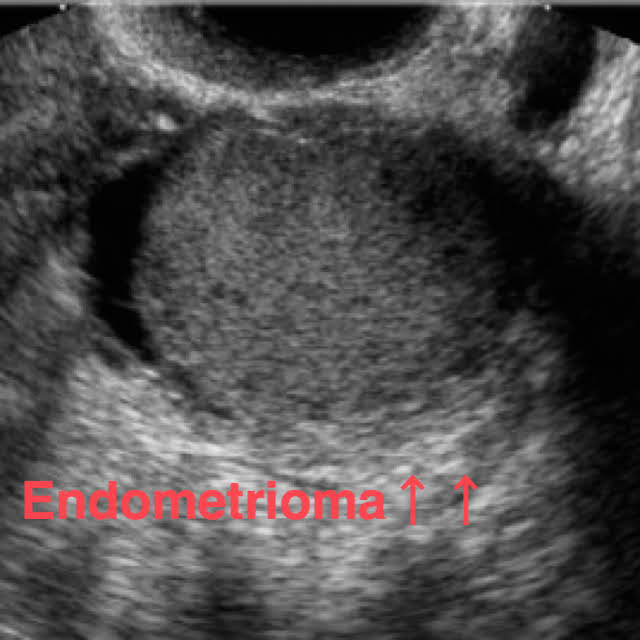
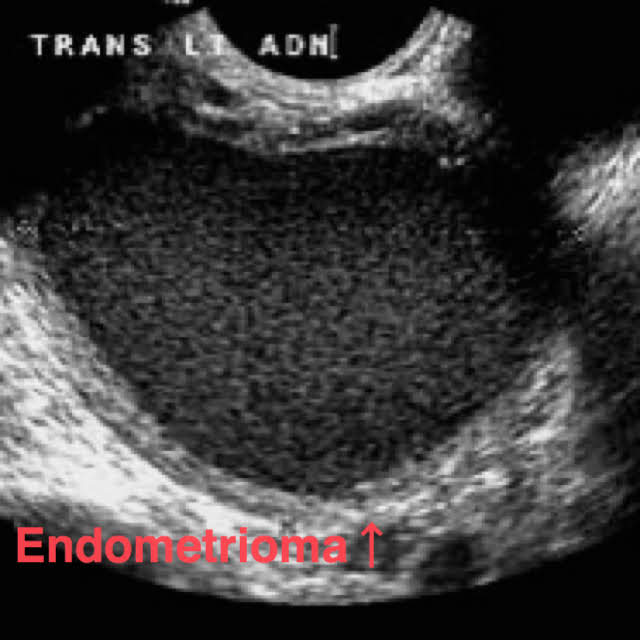
Sizes of Endometriomas can vary, as soon as an Endometrioma is seen in the ovary, multiples follow up Ultrasounds are done to document the increase in sizing, after that a laparoscopy has to be done to confirm the diagnosis and continue with proper treatment options.
Conclusion.
As you can see endometriosis can be a challenging condition to manage. An early diagnosis, a multidisciplinary medical team and an understanding of your diagnosis may result in better management of your symptoms. But with lifestyle changes and natural remedies is also possible to find relieve.
I hope this post help you out, as usual, thank you for reading. Share this post so we can help other women.
Zadi XO
Disclaimer: Due to HIPPA compliance and regulations all patient information is protected on this site. Also, the information provided on my blog is designed to provide helpful information about the topic and are made with the best of my knowledge, therefore, is not intended to diagnose or treat any medical condition, For diagnosis or treatments on any medical problems consult your own physician. The author is not responsible or liable for any mistreated pathologies or wrong treatments.

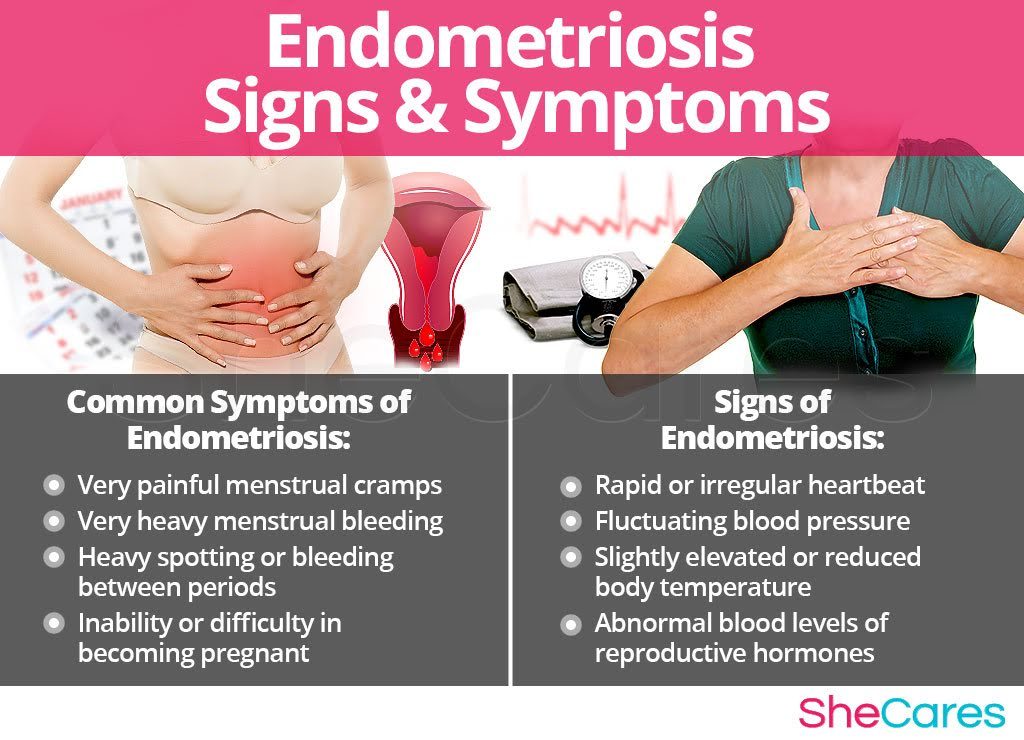
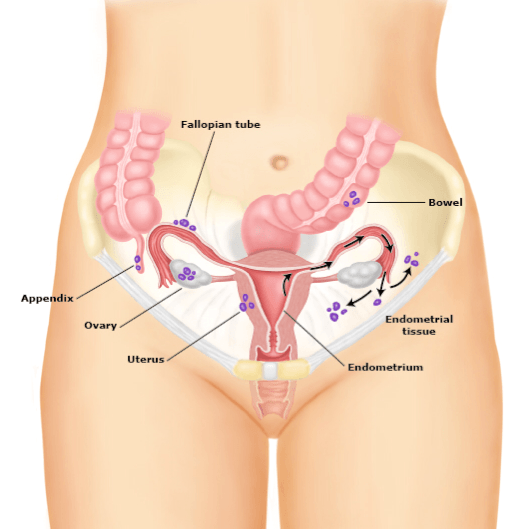
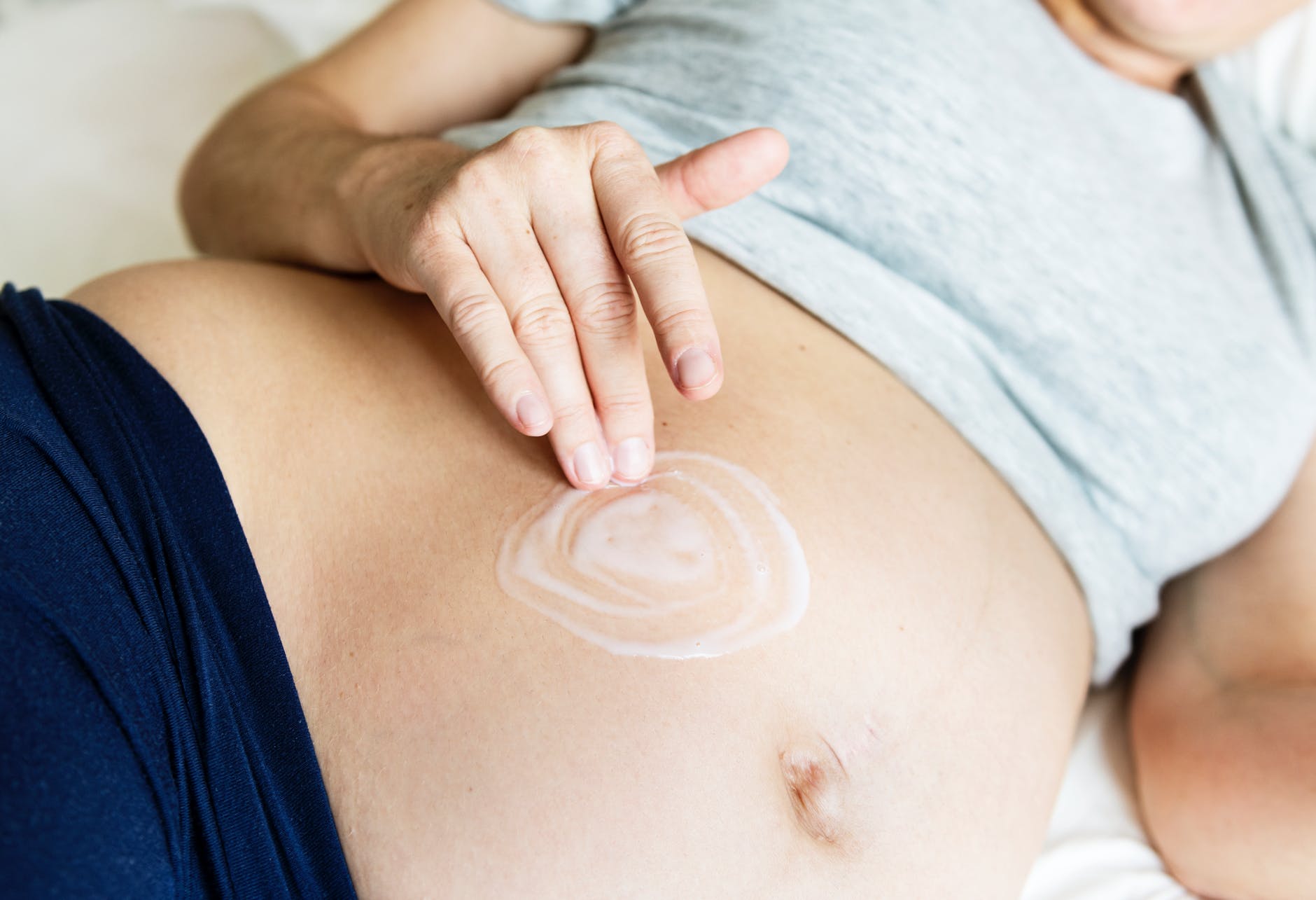








Fascinating blog! Haven’t seen one like this before.
Thanks , I am glad you like it
Wow, fascinating. Both my daughter and myself have dealt with endometriosis. I had no symptoms, but struggled for several years with infertility. I was found to have “mild” endo, but it was not thought to be the primary cause of our infertility.
My daughter had the symptoms, and did test positive for endometriosis. In spite of that, though, she has easily conceived and carried two full term healthy babies. Such a complex issue.
I know , unfortunately a few answers for such a big problem, millions of women suffer of endometriosis, that’s why I create this blog , thanks for reading
its good as your other content : D, appreciate it for posting.
[…] Endometriosis. Symptoms, diagnosis and treatment. […]
[…] Endometriosis. Symptoms, diagnosis, and treatment. […]
The information you presented in this article about endometriosis is outstanding, is certainly going to help many women. I can’t thank you enough.
Great information, loving the ultrasound images.
Thanks
[…] first in order to get long lasting relief. If the reason of the dysmenorrhea are fibroids, endometriosis, adenomyosis or any other medical condition then all these remedies will help temporarily. However, […]
[…] Endometriosis. Symptoms, diagnosis and treatment. […]